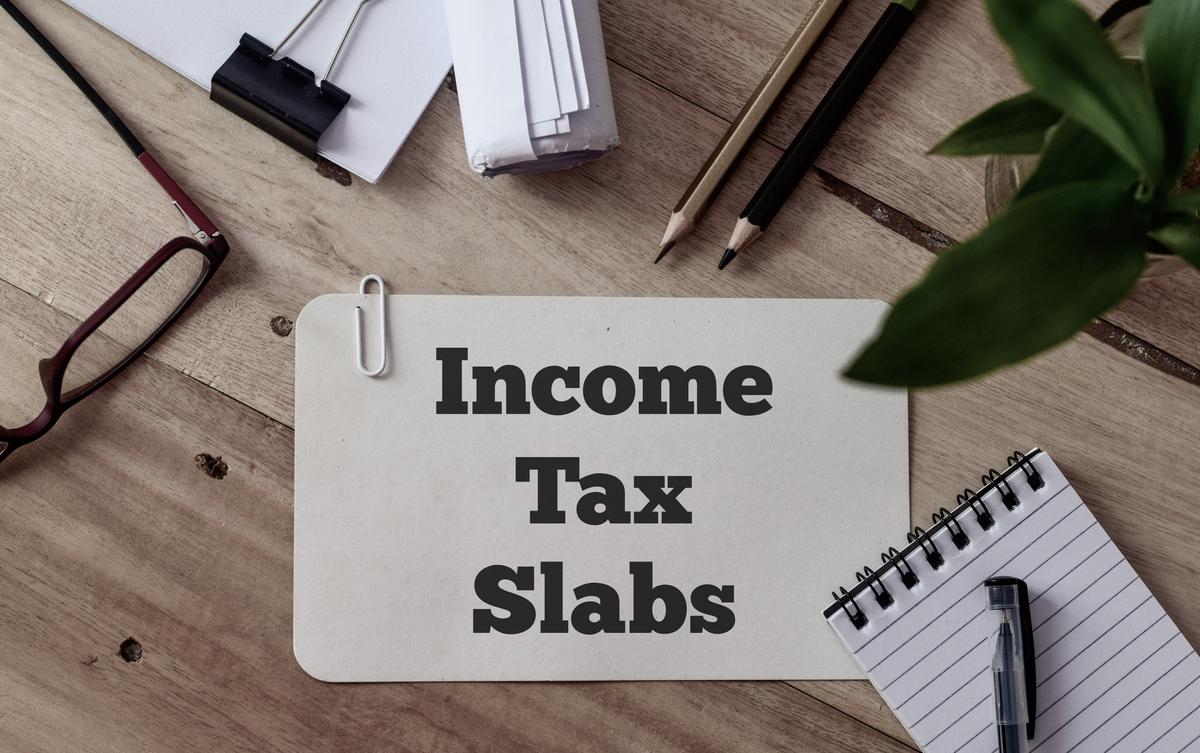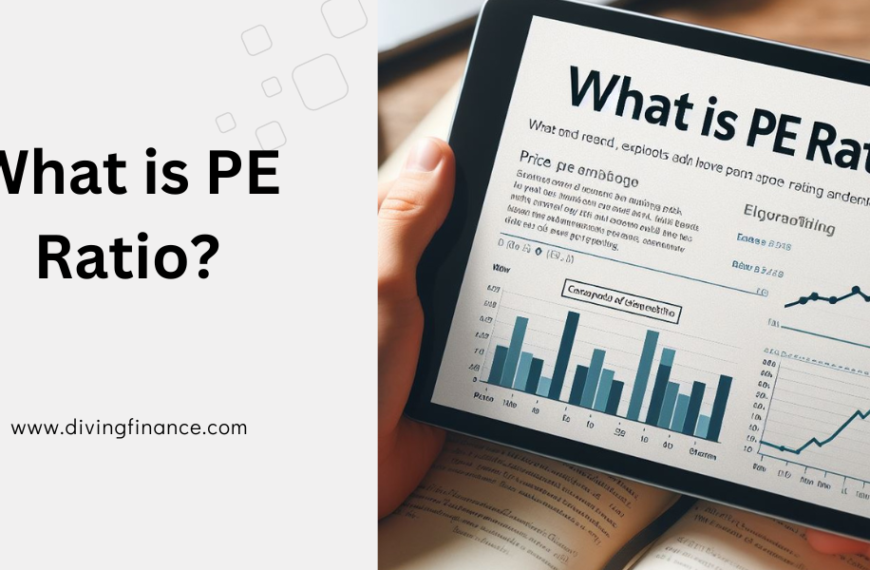For an economically and financially diverse country like India, it is unfair to levy tax equally on every individual. That is the reason why we follow a progressive tax system. It means that the individual with a higher income is taxed more than those with a lower income. For efficiently implementing the tax policy, the individuals are divided into groups according to the income tax slabs as per their incomes.
Income Tax Slabs
In India, taxpayers are bracketed into various income categories for more accessible and fairer taxation. For instance, an individual earning ₹5,00,000 per annum should not pay the same amount of tax as someone earning ₹50,00,000 per annum. The tax slab categorises the people based on their annual income and taxes them accordingly.
Currently, India has two separate income tax regimes for tax slabs. According to the old tax regime, the taxpayers were categorised into three categories, with taxes ranging from 5% to 30%. Further, in the union budget 2020, finance minister Nirmala Sitaraman introduced new tax slabs as an alternative. Later, budget 2023 introduced a few more changes to the income tax regime, and now six different income tax slabs exist for taxpayers.
The tax rate according to the new regime is the same for people of all categories, including Hindu undivided families and individuals up to the age of 60, senior citizens between 60 to 80, and super senior citizens above the age of 80. So according to the new tax regime, an increase in the basic exemption limit does not give extra privileges to senior or super-senior citizens.
Income Tax Slab for AY 2023 24
The taxpayers can choose either the new tax regime or the old one.
The old tax regime offered numerous basic income exemption limits based on the taxpayer’s age. For individuals below 60 years of age, up to ₹ 2 Lakh. Up to ₹ 3 lakh is the basic exemption limit for senior citizens aged between 60 to 80 years, while for super senior citizens aged 80 and above, the basic tax exemption limit is ₹ 5 lakh.
A new concessional tax regime was introduced in the financial year 2020-21, which was further revised from FY 2023 24. This tax regime introduced lower tax rates as compared to the old tax regime. If an individual chooses the new tax regime, he has to forgo approximately 70 commonly available tax exemptions and deductions.
If the individual does not choose any particular option, then the new tax regime will be the default option which means the individual will fall into the income tax slab for AY 2023-24. Individuals or Hindu Undivided Families can opt for the new income tax regime. Once opted in, they get once in a lifetime opportunity to switch back to the old income tax regime. However, once switching back, they cannot switch again to the new income tax regime in further financial years.
Let’s have a glance at the new income tax slab for FY 2022 23 (AY 2023 24) to understand the new tax regime and also to understand the old tax regime as per the income tax slabs for FY 2021 22 (AY 2022 23)
| Annual income | New tax regime | Old tax regime |
| Up to ₹ 2.5 Lakh | Exempted | Exempted |
| ₹ 2.5 Lakh to ₹ 3 Lakh | Exempted | 5% |
| ₹ 3 lakh to ₹ 5 Lakh | 5% | 5% |
| ₹ 5 lakh to ₹ 6 Lakh | 5% | 20% |
| ₹ 6 lakh to ₹ 9 Lakh | 10% | 20% |
| ₹ 9 lakh to ₹ 10 Lakh | 15% | 20% |
| ₹ 10 lakh to ₹ 12 Lakh | 15% | 30% |
| ₹ 12 lakh to ₹ 15 Lakh | 20% | 30% |
| Above ₹ 15 Lakh | 30% | 30% |
Source: – https://incometaxindia.gov.in/Tutorials/2%20Tax%20Rates.pdf
Conditions for Opting New Tax Regime
The old tax regime offers 70 deductions and exemptions that are unavailable according to the new tax regime. The list of the most common exemptions and deductions not allowed according to the new tax regime are as follows.
- House rent allowance – The benefits provided by the employer to the employee as a part of their remuneration help the employee to cover the accommodation expenses.
- Conveyance allowance – Another name for conveyance allowance is the transport allowance that an employer offers to the employees as compensation for travelling from their residence to the workplace.
- Leave travel allowance– The employer gives the employee the allowance for travelling on leave.
- Relocation allowance – It is the allowance granted by the employer to the employee to meet the travel on transfer and relocation costs for the purpose of taking up employment at some other location.
- Children’s education allowance [Section 10(14)]- Children’s education allowance is granted to the employee for schooling and hostel facilities for the children of the employee.
- Other special allowance – Under this allowance, a sum of money is granted to the employees for multiple reasons.
- Daily expenses during employment – When the employee works at a different work location, the employer provides a daily allowance to cover their everyday costs.
- Helper allowance – It is granted to the employee to meet the expenditure incurred by them to engage a helper for performing some official duty.
- Interest on housing loan (Section 24) – Under certain conditions, the taxpayer can deduct interest on housing loans.
- Standard deduction on Salary – A standard deduction is allowed to the taxpayer on the net annual income.
- Professional tax – It is deductible under section 16 of the Income tax act.
- Deduction under chapter VI-A deduction [80C, 80D, 80E, and so on other than section 80CCD(2)]- It facilitates the taxpayer to reduce their tax liability by making payments towards life insurance premiums, pension plans, mutual funds, etc.
List of the Deductions that are allowed as per the New Tax Rate Regime
- Investment in notified pension scheme under section 80CCD(2)
- Conveyance allowance for expenditure incurred for travelling to work
- Transport allowance for specially-abled people
- Deduction for employment of new employees under section 80JJAA
- Depreciation under section 32 of the income tax act.
- Any allowance for travelling for employment
Individuals, Hindu undivided families, senior citizens, and super senior citizens have a right to choose the tax slab as suitable. The government has opened both options so that individuals can opt for the most suitable one to save money and get the best benefit.




